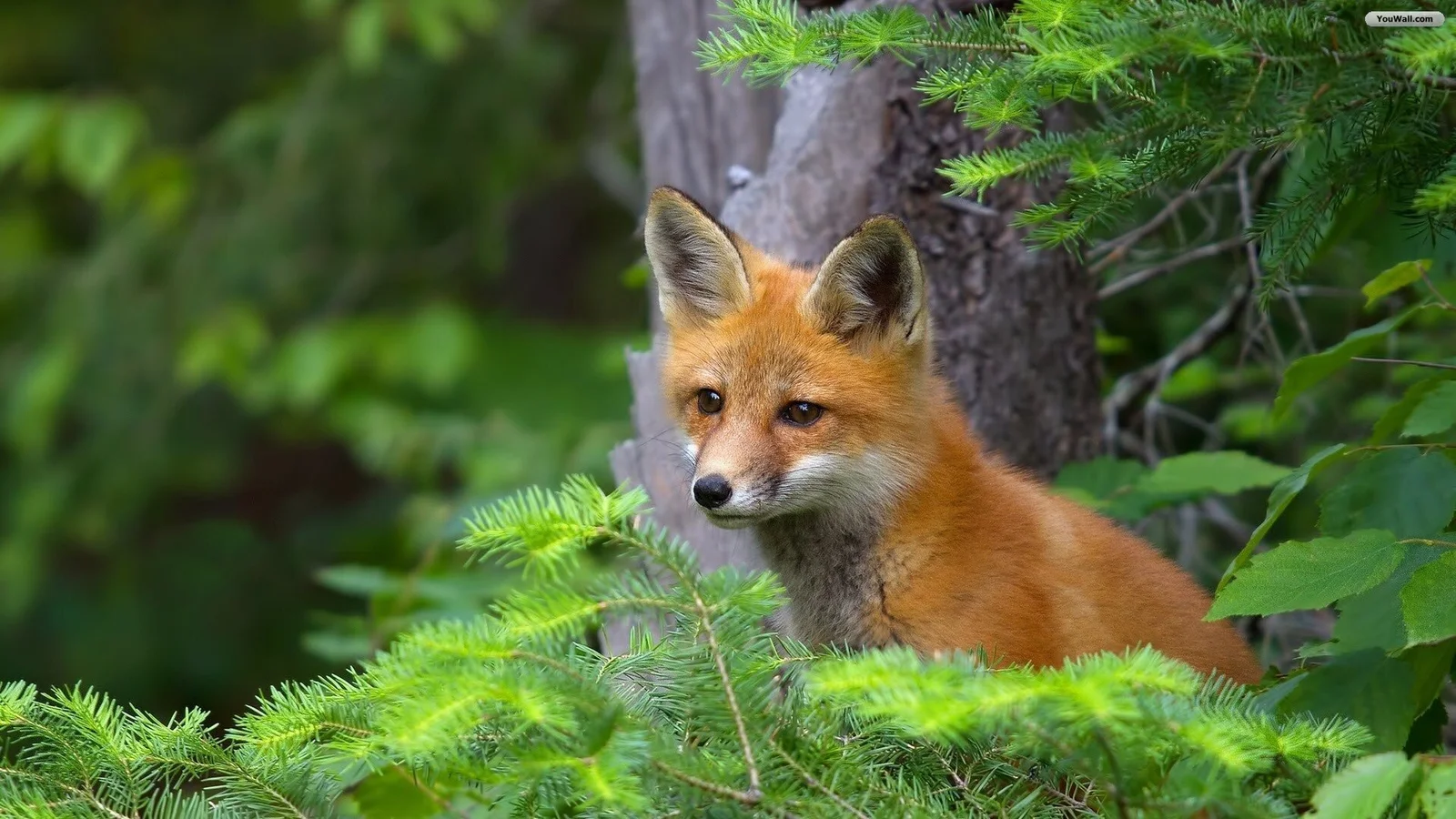The Adorable World of Cute:vckxjxf4zh0= fox

Introduction: Why Foxes Capture Our Hearts
Cute:vckxjxf4zh0= fox are often seen as a perfect blend of wild beauty and playful charm. With their fluffy tails, curious nature, and big, expressive eyes, it’s easy to see why people are captivated by them. Foxes are not only visually enchanting but also fascinating in terms of behavior and adaptability. From the icy Arctic tundra to bustling urban areas, these creatures have made a place for themselves in a variety of environments. Let’s dive into what makes foxes so special and how they live their fascinating lives.
What Makes Foxes So Cute?
Physical Features That Make Foxes Adorable
One of the first things that make foxes irresistible is their appearance. They are known for their lush, fluffy tails, often called a “brush,” which they use for warmth and balance. Their large eyes and pointed ears give them an alert, inquisitive look, making them seem curious about the world around them.
Playful and Curious Behavior
Foxes are surprisingly playful animals. Like puppies, young foxes (called cubs) love to chase each other, pounce on objects, and Cute:vckxjxf4zh0= fox engage in mock fights. Even adults show bursts of playfulness, making them feel relatable to humans. Foxes also make a variety of sounds, from high-pitched whines to giggling noises, giving them an almost vocal personality.
Popular Fox Species and Their Unique Characteristics

Red Fox (Vulpes vulpes)
The red fox is the most widespread fox species and is known for its vibrant orange fur and white-tipped tail. Red foxes are highly adaptable, living in rural, urban, and wild areas alike. This species is often seen as the quintessential fox, making frequent appearances in art, literature, and films.
Fennec Fox: The Desert Charmer
The fennec fox is instantly recognizable with its enormous ears, which help it dissipate heat and locate prey in the desert. Native to the Sahara, this small fox has captured hearts worldwide and is occasionally kept as an exotic pet due to its small size and charming appearance.
Arctic Fox: The Snow Survivor
Arctic foxes have thick white fur that helps them blend into snowy landscapes. As seasons change, so does their coat, turning brown or gray during summer to maintain camouflage. These foxes are remarkable for their ability to survive in some of the coldest environments on Earth.
Behavioral Traits of Foxes
Are Foxes Social or Solitary?
Foxes are generally solitary hunters, but they often live in family groups during certain times of the year. Mothers (called vixens) raise their cubs in dens, while fathers and older siblings sometimes assist in bringing food and guarding the family.
Hunting Habits and Diet
Foxes are omnivores, meaning they eat both plants and animals. Their diet ranges from small mammals and insects to fruits and berries. Known for their intelligence, foxes employ clever strategies to hunt, such as pouncing on prey hidden beneath the snow.
Foxes in Folklore and Popular Culture

Legends and Myths from Around the World
In many cultures, foxes are portrayed as cunning tricksters. Japanese folklore tells of the kitsune, a shape-shifting fox with magical abilities. Native American stories often feature foxes as clever animals that outwit larger predators.
Famous Fox Characters in Movies and Books
Foxes have found a special place in popular culture. The fox in The Little Prince teaches lessons about love and friendship, while Fantastic Mr. Fox celebrates ingenuity. Disney’s The Fox and the Hound explores themes of friendship and loyalty, making foxes beloved figures for audiences of all ages.
Challenges Facing Foxes Today
Habitat Loss and Urbanization
As cities expand, foxes often lose their natural habitats. However, some species, like the red fox, have adapted to urban life, scavenging for food in parks and backyards.
Threats from Hunting and the Fur Trade
In some areas, foxes are hunted for their fur, which is still used in fashion. Conservation efforts are in place to limit hunting and protect vulnerable fox populations from exploitation.
Can Foxes Be Kept as Pets?
Laws and Regulations Regarding Pet Foxes
Owning a pet fox is heavily regulated, and in many countries, it is illegal. Even where it is allowed, special permits are often required.
Challenges of Keeping a Fox as a Pet
Foxes are wild animals and behave very differently from domestic pets like dogs or cats. They require a lot of space, stimulation, and specialized care, which makes them challenging pets for most people.
Conservation Efforts and How You Can Help

Fox Rescue Organizations and Sanctuaries
Several organizations work to rescue injured or orphaned foxes and provide them with care. Supporting these sanctuaries is a great way to contribute to fox conservation.
What Individuals Can Do to Protect Fox Populations
Small actions, such as preserving natural habitats and reducing waste, can help foxes thrive. Supporting wildlife conservation programs also Cute:vckxjxf4zh0= fox ensures a safer future for these enchanting animals.
Conclusion: Why Foxes Are Irresistible and Deserve Our Protection
Foxes have captivated humans for centuries with their charm, intelligence, and adaptability. Whether in the wild or in stories, these animals remind us of the importance of coexistence with nature. Protecting foxes and their habitats ensures that future generations can enjoy their playful presence and unique beauty.
FAQs
Can foxes live in urban areas?
Yes, some species like the red fox have adapted to urban environments.
Do foxes pose a danger to humans?
Foxes are generally shy and avoid humans. Attacks are extremely rare.
What do foxes eat in the wild?
They eat a variety of foods, including small mammals, insects, and fruit.
How do foxes communicate?
Foxes use vocalizations, body language, and scent markings to communicate.
Are foxes endangered?
Most fox species are not endangered, but some, like the Darwin.

